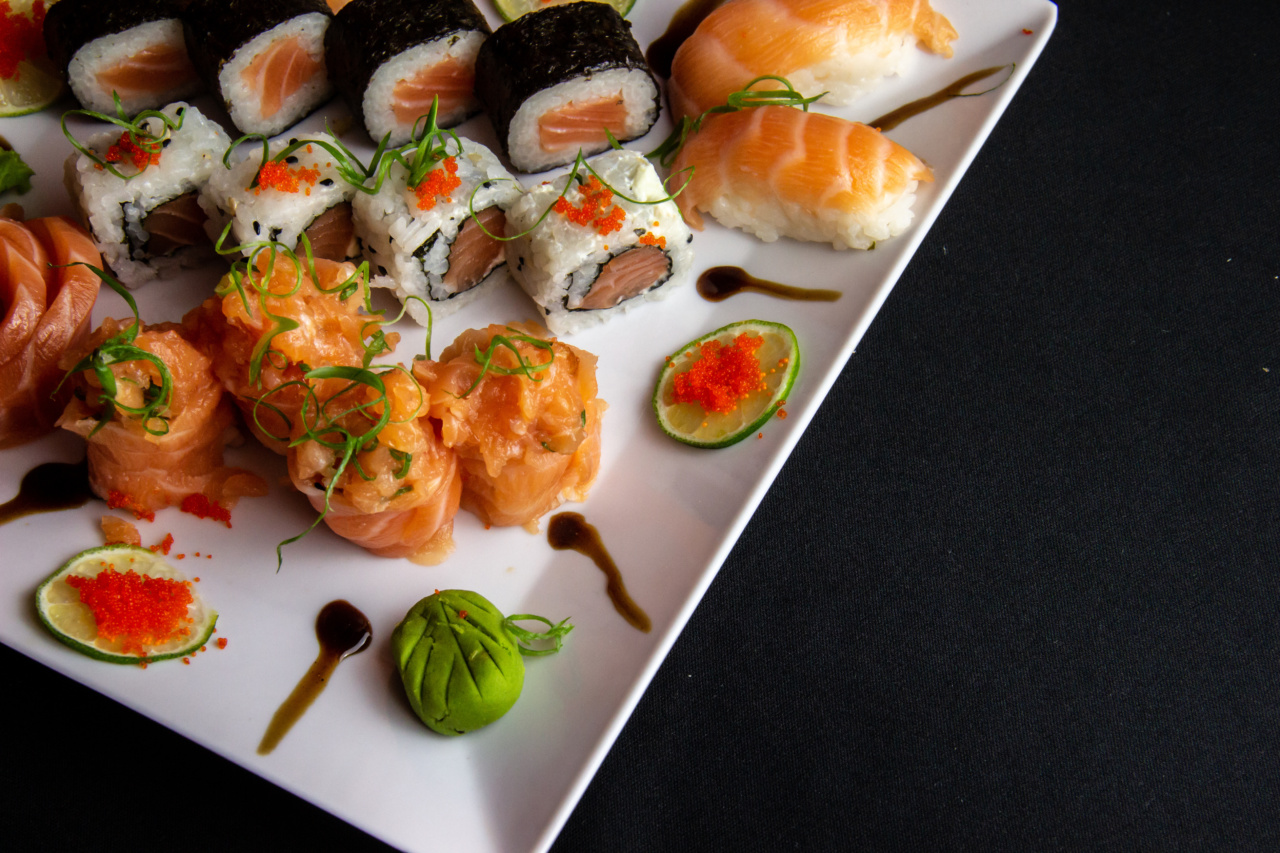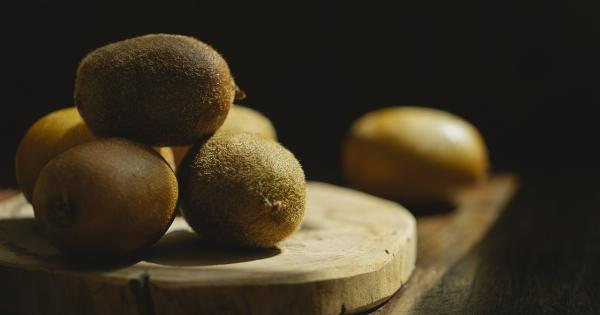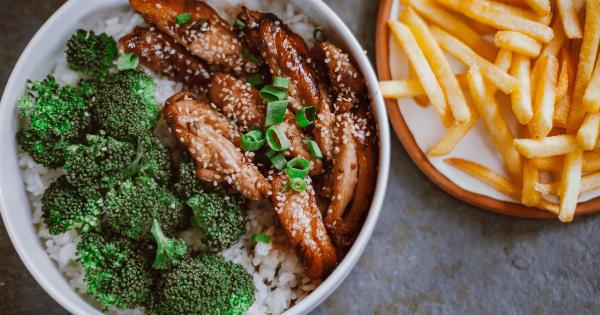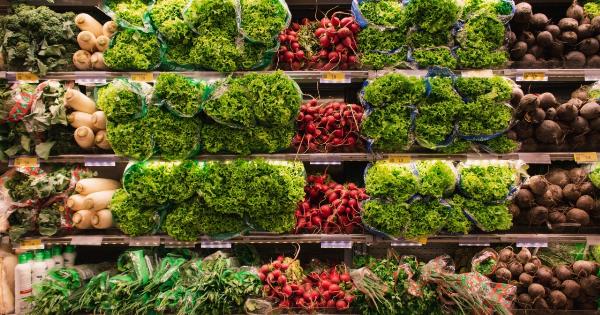Fasting is an ancient health practice that has gained popularity in recent times, particularly among health enthusiasts. Fasting involves abstaining from food or certain types of food for a specific period.
The practice provides various health benefits, including weight loss, improved insulin and glucose levels, and enhanced mental clarity. One of the most challenging aspects of fasting is navigating the food aisles in the grocery store. In this article, we’ll explore tips on how to navigate the seafood aisle for healthy fasting.
Why Seafood?
Seafood is one of the healthiest foods available. It is an excellent source of omega-3 fatty acids, which are essential for good health. Omega-3 fatty acids play a crucial role in brain function, heart health, and reducing inflammation in the body.
Seafood is also packed with high-quality proteins, vitamins, and minerals, making it a perfect food for fasting.
Types of Seafood
When in the seafood aisle, it is essential to know the types of seafood available. They include:.
- Fish- This includes both freshwater and saltwater-fish such as salmon, tilapia, trout, tuna, and cod.
- Shellfish – Shellfish class includes crustaceans like shrimp, crab, lobster and mollusks like oysters, clams, and mussels.
- Cephalopods- This class includes squids and octopus.
Choosing the Right Seafood
Choosing the right seafood while fasting is critical to obtain the maximum health benefits. Here are some tips on how to choose the best seafood for your fasting regimen:.
1. Buy Wild-Caught, Not Farm-Raised
Farm-raised seafood is bred in overcrowded conditions, where the fish are fed an unnatural diet of antibiotics and hormones. Wild-caught seafood, on the other hand, live in natural environments and consume their natural diets.
As a result, wild-caught seafood is more nutritious and healthier than farm-raised seafood. When purchasing seafood, always look for wild-caught options.
2. Choose Lean Proteins
When it comes to fasting, choosing the right protein sources is crucial. Generally, lean proteins such as whitefish, salmon, shrimp, and squid are excellent options since they have a lower calorie count and do not contain unhealthy fats.
Additionally, lean proteins provide the body with the necessary nutrients without slowing down the digestive system.
3. Avoid Processed Seafood
Processed seafood such as fish sticks and canned or packaged fish are high in sodium and unhealthy fats. These types of seafood are also not as nutritious as fresh seafood.
Rather than purchasing processed seafood, opt for fresh or frozen seafood options that do not contain added flavors or preservatives.
4. Buy Fresh Seafood
Fresh seafood is, without a doubt, the healthiest option. Fresh seafood is rich in nutrients, has no added colors or flavors, and tastes better. When in the seafood aisle, choose fresh seafood over frozen or canned alternatives.
Check for freshness by checking the seafood’s color, texture, and smell.
5. Look for Sustainable Seafood Options
As you select seafood for your fasting regimen, it is essential to consider the environment’s sustainability. Overfishing has put many fish species at risk of extinction and negatively impacts the ocean’s ecosystem.
When selecting seafood, always look for eco-friendly labels such as “Marine Stewardship Council” to ensure you choose sustainable seafood options.
Conclusion
Navigating the seafood aisle while fasting can be overwhelming. However, with these tips, choosing the best seafood for your fasting regimen won’t be complicated.
Remember to choose wild-caught, lean proteins, avoid processed seafood, and opt for fresh and sustainable seafood options. Doing so will ensure you obtain the maximum health benefits, including improved insulin and glucose levels, weight loss, and enhanced mental clarity.





























